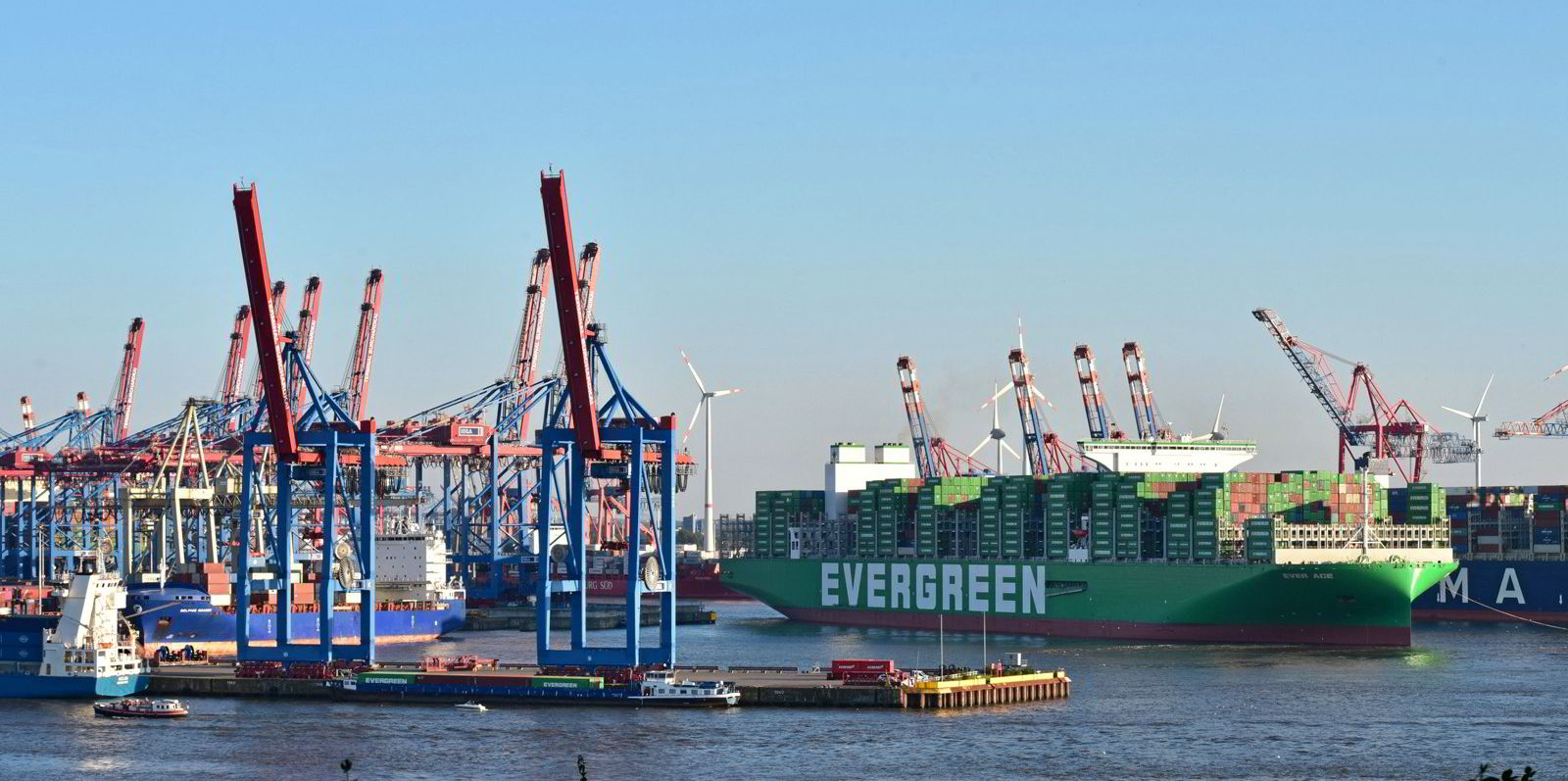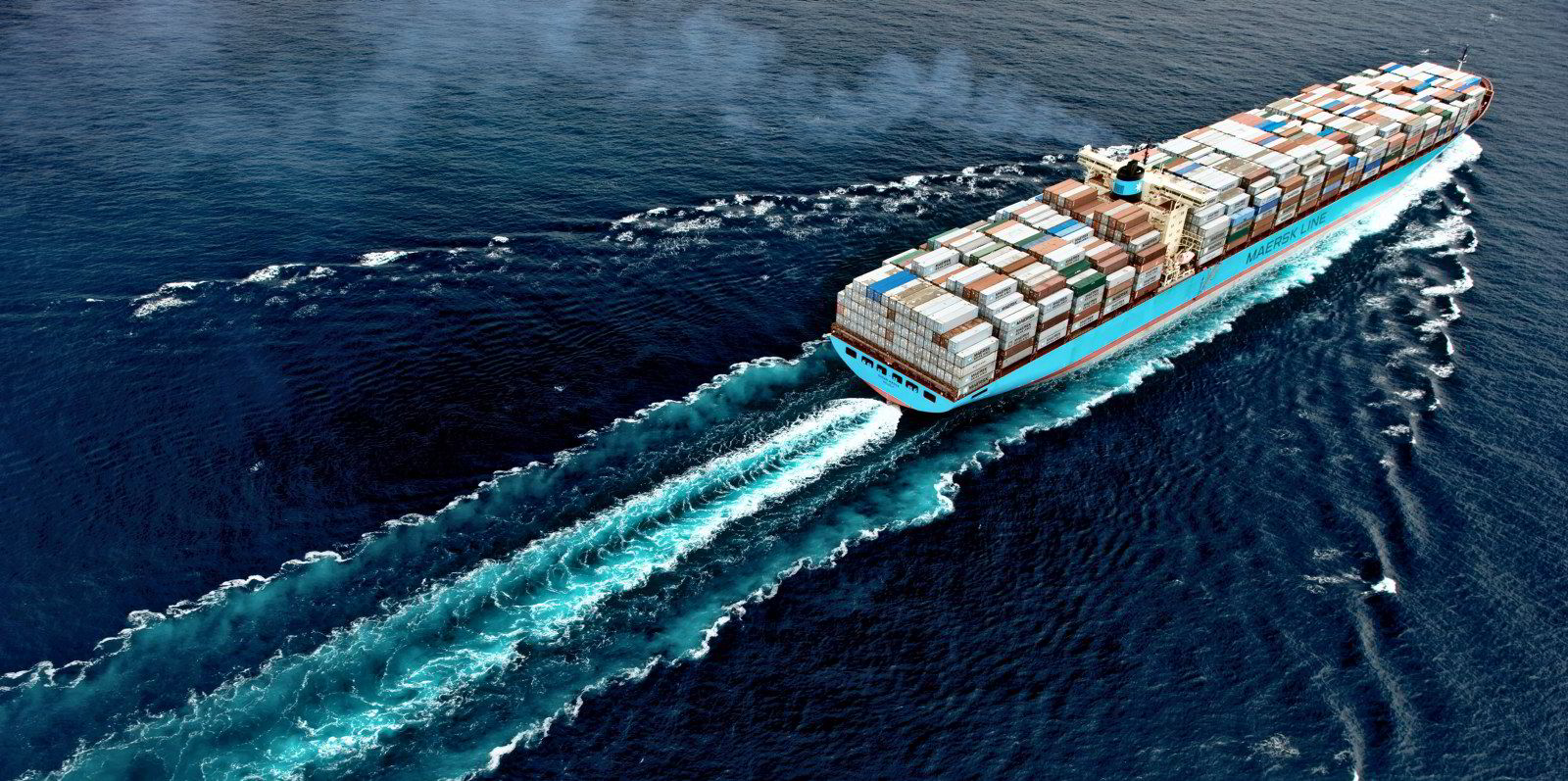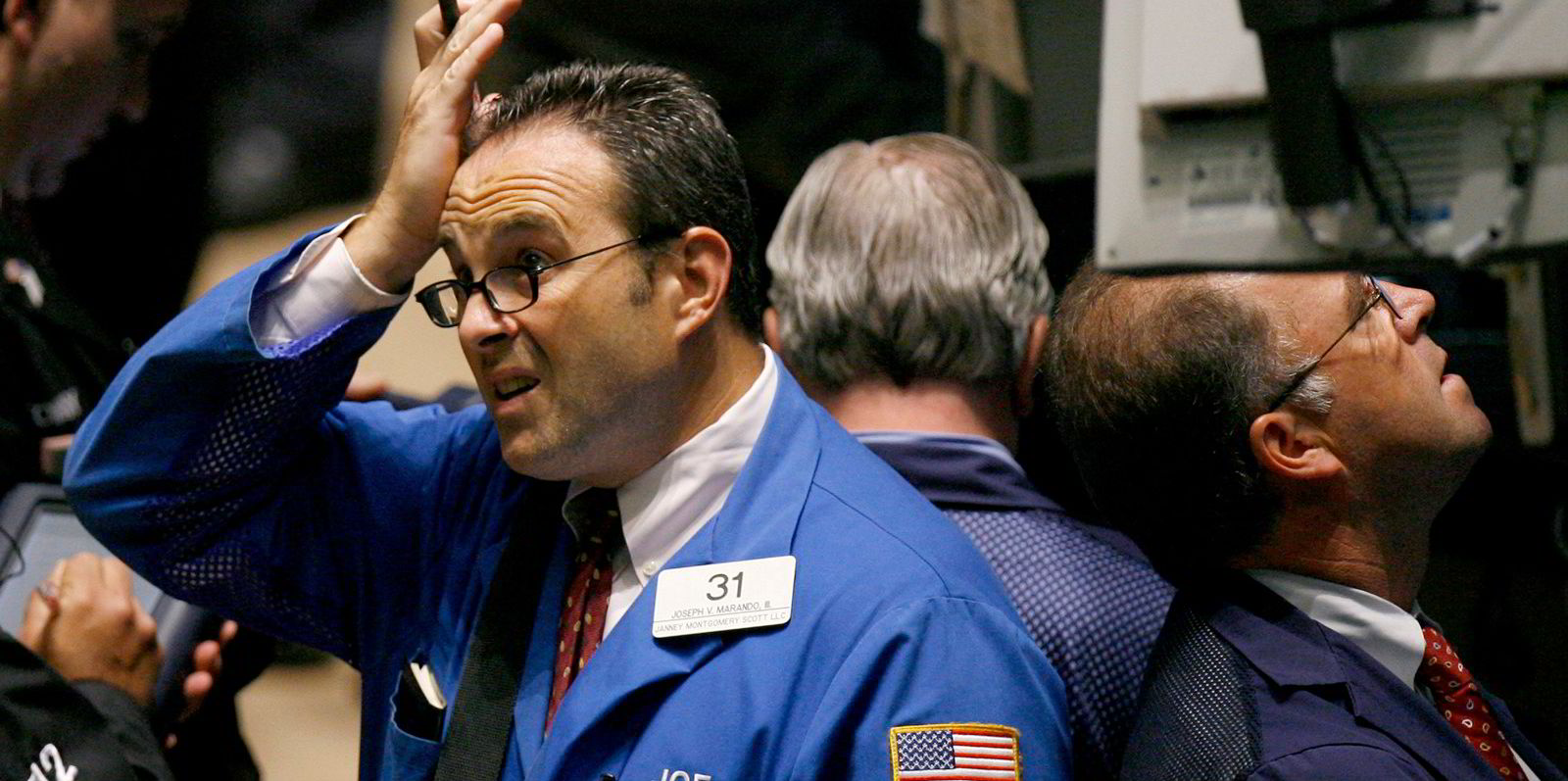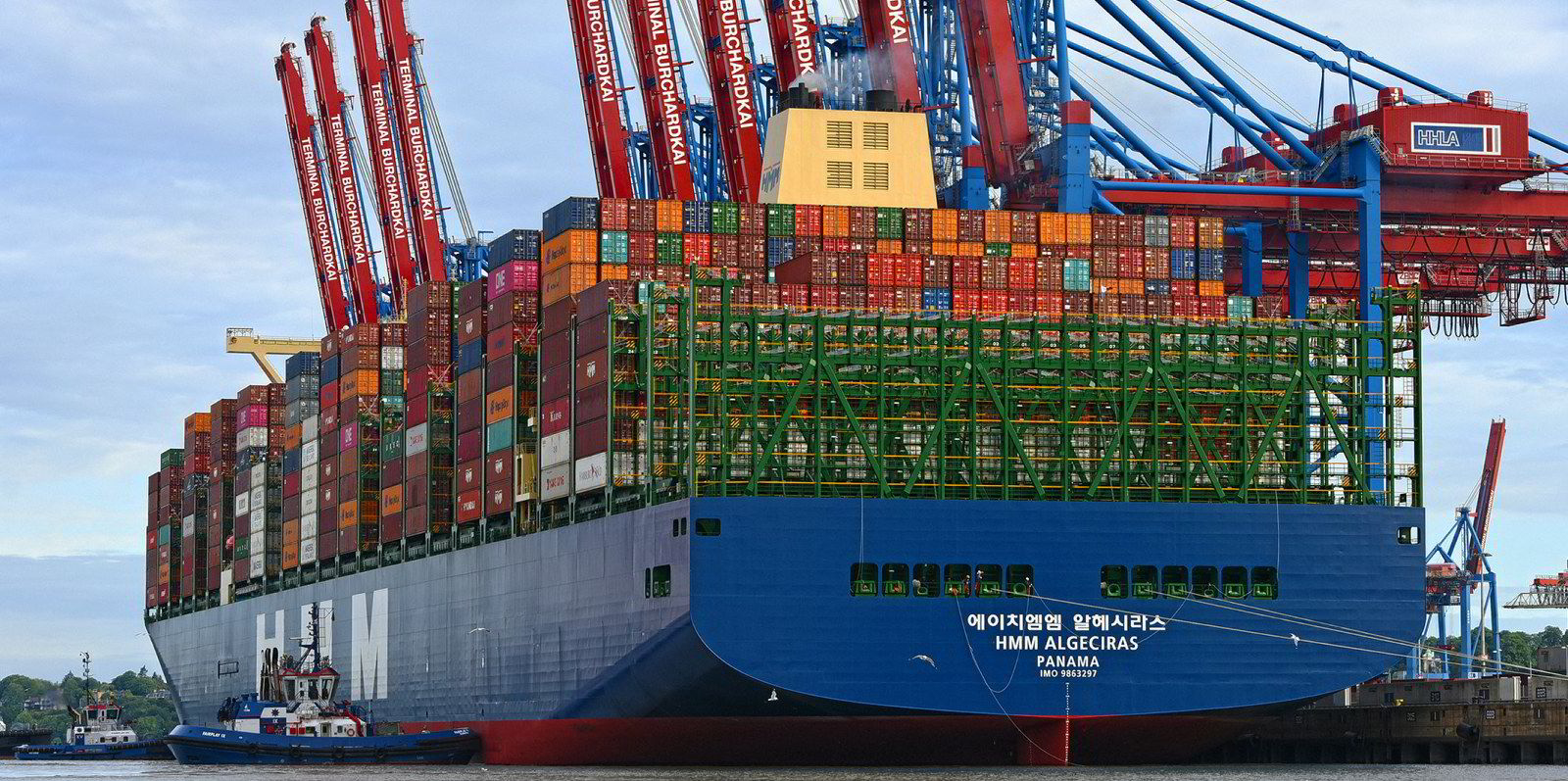Container shipping equities have broken a three-year winning streak, dropping by around one-quarter since the start of the year.
But ongoing supply chain issues mean the sector will continue to perform better this year than last year, according to equity and container shipping analysts.
The bullish prognosis issued by Drewry Maritime Financial Research (DMFR) follows a worrying drop in the market capitalisation of stock-listed companies this year.
The Drewry container equity index, a weighted index of 12 liner shipping companies, posted a decline of 23.1% in the first half-year to the end of June.
That marks a sharp reversal on the gains of 127.7% in 2021, 79% in 2020, and 36.2% in 2019.
But supply chain issues mean that liner companies will still perform better this year, while huge liquidity could cushion any downturn in freight rates, argues DMFR lead analyst Ankush Kathuria.
Port bottlenecks mean effective container capacity will be about 15% below potential this year, following on from a 17% reduction last year, Drewry added.
It points to shippers’ expectations that supply chain constraints are likely to continue through to the first half of 2023.

That parries with an estimate that around 10% of the global container vessel capacity remains unavailable to the market, according to Lars Jensen CEO of Vespucci Maritime.
He added that the pending peak season has the potential to dramatically worsen congestion, which in turn will remove capacity and send freight rates spiralling.
But congestion in global ports has not prevented spot rates from falling in recent months.
Rates from Asia to the US west coast are down nearly 30% since the end of May to $7,447 per 40-foot equivalent unit on 4 June, and nearly 50% below the level at the start of the year.
That dragged the Freightos Baltic Index down 14% in June in its first monthly annual decrease since early 2020.
Taking time
The falls point to the beginning of the end of the carriers’ bull run. But the winding down of high rates and carrier profits will take some time, according to Drewry senior manager Simon Heaney.
“We think the bottlenecks will last sufficiently long enough for carriers to secure decent contract renewals next year, although much will depend on the speed of the spot market downturn and how watertight existing contracts are,” Heaney writes.
Robust industry fundamentals present a strong case for investment in liner companies from a long-term perspective, Kathuria added.
“The current industry valuation is below the long-term historical average, which provides an opportunity for equity investors,” he writes.
“However, the downside risk could be a faster interest rate hike which will ultimately result in a recession and destroy consumer demand.”
Drewry believes that carriers will take the necessary steps to keep themselves in an advantageous position by prioritising profits over market share with strict capacity discipline.
“Therefore, we can expect to see more blank sailings on the agenda next year, this time motivated by the need to prop up spot rates rather than for operational necessity,” Heaney writes.






